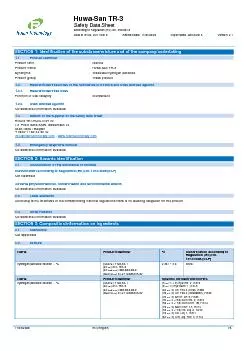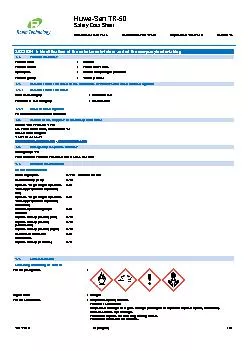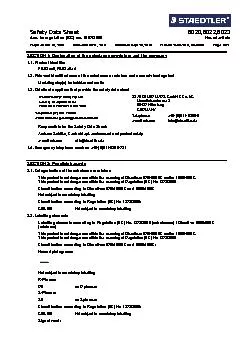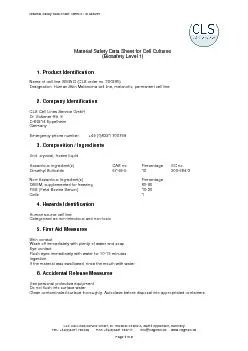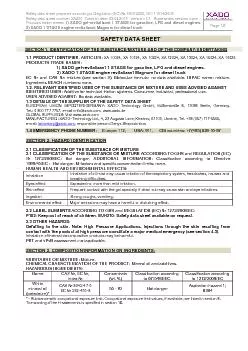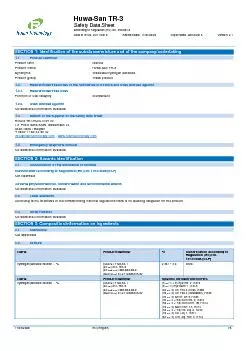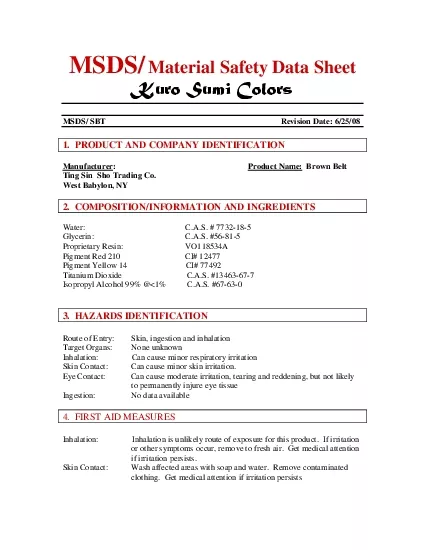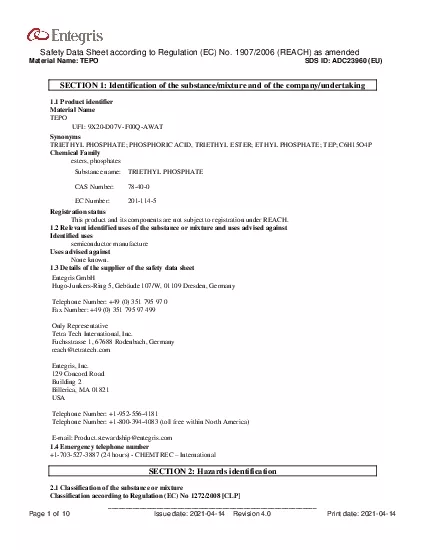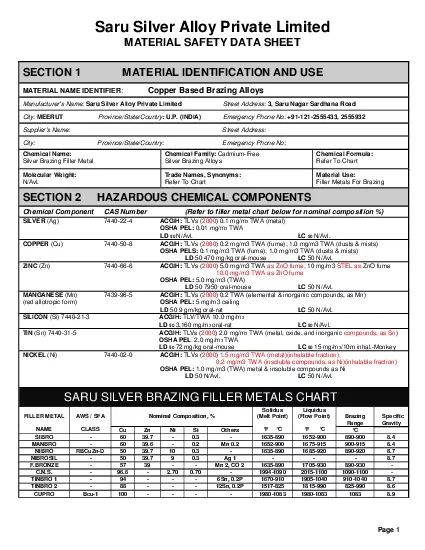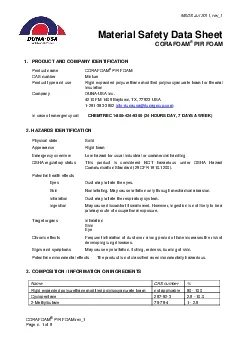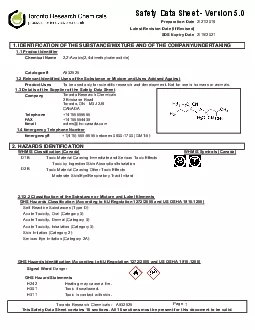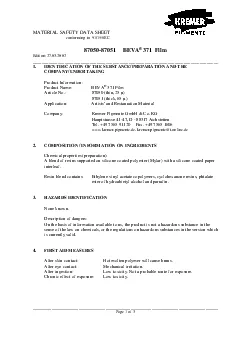PDF-Material Safety Data Sheet Quicklime
Author : mitsue-stanley | Published Date : 2016-07-17
SECTION 1 PRODUCT AND COMPANY IDENTIFICATION Product Name High Calcium Quicklime all sizes Synonyms Lime HiCal Quicklime Calcium Oxide Burnt Lime QL Chemical Name Calcium
Presentation Embed Code
Download Presentation
Download Presentation The PPT/PDF document "Material Safety Data Sheet Quicklime" is the property of its rightful owner. Permission is granted to download and print the materials on this website for personal, non-commercial use only, and to display it on your personal computer provided you do not modify the materials and that you retain all copyright notices contained in the materials. By downloading content from our website, you accept the terms of this agreement.
Material Safety Data Sheet Quicklime: Transcript
Download Rules Of Document
"Material Safety Data Sheet Quicklime"The content belongs to its owner. You may download and print it for personal use, without modification, and keep all copyright notices. By downloading, you agree to these terms.
Related Documents

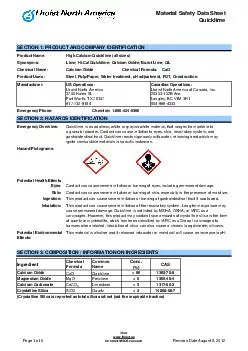
![Material Handling This material was produced under grant [SH22236SH1]from the Occupational](https://thumbs.docslides.com/668343/material-handling-this-material-was-produced-under-grant-sh22236sh1-from-the-occupational-safety-a.jpg)
